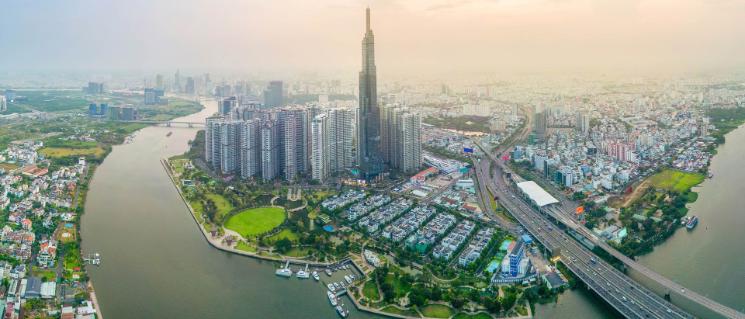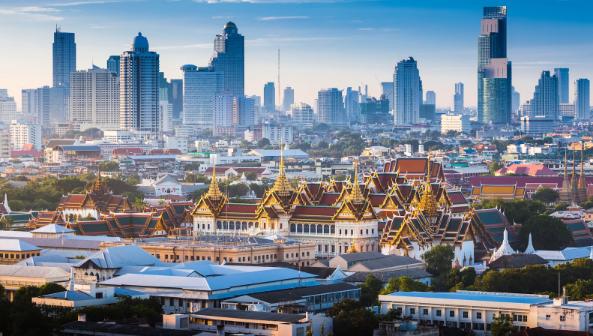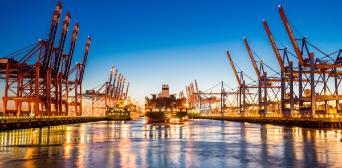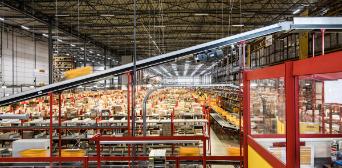At this point, you might be saying: It doesn’t take a rocket scientist to identify fast-growing economies. And that it’s obvious we’ll grow faster on their tailwinds. And you’d be right, on the one hand. But on the other hand, we need to be in a position to take advantage of the opportunities. We need to have the strategy, capacity, and infrastructure to catch these winds of change and add the most value for our customers. That’s what our GT20 growth initiative is all about.
For customers, our GT20 initiative means a more comprehensive understanding of their needs in these markets – and along the trade lanes to and from them. And the enhanced services and improved infrastructure necessary to deliver on those needs. That also means capitalizing our expertise in express shipping, global forwarding, and supply chain management to meet the increasingly diverse requirements of many industries, such as the life sciences & healthcare sector, where supply chains are transforming rapidly.
As the world’s most international company, we’re well-positioned to leverage today’s geographic tailwinds – the confluence of China+X strategies, supply chain diversification, and strategic investment flows that are fundamentally reshaping the global economic landscape. With our GT20 initiative, we’re ensuring we raise our sails in all the right places to accelerate our growth and that of our customers.


















